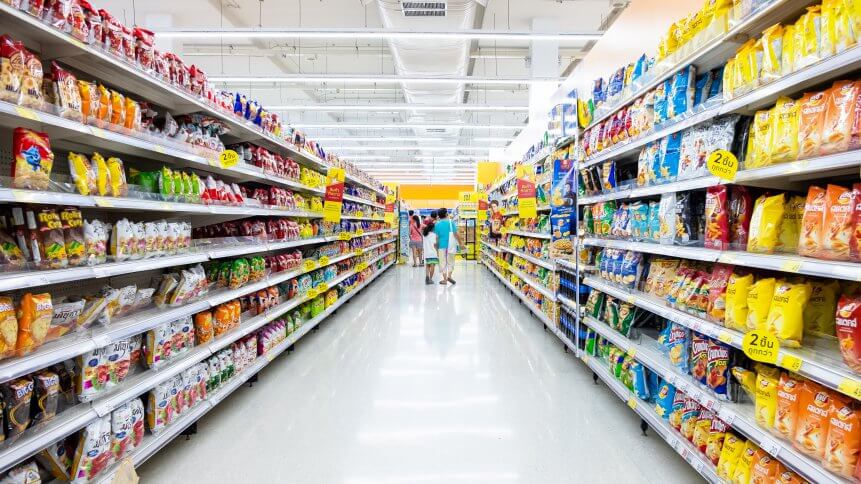A turning point? The spotlight’s on retail technology

The mainstream media has, quite rightly, been putting a major focus of late on all the supermarket workers driving lorries, manning tills and filling shelves amid the coronavirus outbreak.
The hard-working people in retailers’ IT departments have, however, been largely left out in the cold. So it was good to see Tesco’s Chief Technology Officer applauding the grocery giant’s tech teams for efforts during these challenging times.
Guus Dekkers, who was previously Chief Information Officer at Airbus, commented that “supporting our customers and assuring food for all is a difficult but rewarding challenge at Tesco.
“Our technology teams are working around the clock (largely from home offices now) to make sure all systems and environments run smoothly whilst implementing critical changes, helping to serve our customers in the best possible way during this crisis,” he said in a LinkedIn post.
These changes include a dedicated recruitment and onboarding environment created in less than five days, “already consulted by thousands of potential new colleagues, allowing us to recruit and train 20,000 new store colleagues, drivers and pickers in a matter of days.”
There have also been modifications to the online ordering process to add more capacity and allowing better support of vulnerable customers. And an increase in the capacities of contact centres whilst enabling staff to work from home.
“I am very proud of the technology teams working day and night on getting this done, despite all lockdowns imposed on us in the meantime in all countries we operate in. Together, we can do this,” Dekkers concluded.
Digital transformation
Stranger things have happened.
“I think this will ring very true as organizations return to whatever the new ‘normal’ is and review how they coped during the crisis,” says Simon Ripley, Retail CTO at Microsoft.
“For all the digital transformation research I’ve ever done, this year can be single-handedly credited to COVID-19 for sure,” comments retail analyst Tiffany Lung.
By way of example, she flags up how the pandemic has accelerated the adoption of delivery robots in China, with e-commerce giant JD.com leading the charge.
YOU MIGHT LIKE

Grocery retailers have risen to the challenge
Doing things differently
It has certainly been interesting to see retailers thinking outside of the box during the coronavirus outbreak. Kroger, for instance, has shut down one of its Ohio stores to the public so it can focus on online pickup orders as demand for e-commerce services surges.
Best Buy, meanwhile, is limiting its US stores to contactless curbside service. Orders placed on the retailer’s website or via its app will be delivered to customers’ cars outside its stores.
People can also still order online or on the app and have their products shipped to their homes. Large products such as appliances will be delivered where permitted with everything being left by the customer’s door. All in-home installation and repair has been temporarily suspended and in-home consultations are being conducted virtually.
Finally, Primark might well be forced to rethink its decision to not sell online. It is running the risk of losing the top spot in the UK clothing market due to its lack of a transactional website, according to GlobalData.
The retailer is set to lose £650 million (US$800 million) of net sales per month while its stores are closed. Chloe Collins, Senior Retail Analyst at GlobalData, says that having no transactional website has placed it under additional pressure.
“Though Primark has previously denied that launching a transactional website is in its short-term plans, this unprecedented event will provide it with clear impetus to rethink its bricks-and-mortar only strategy,” she argues.








